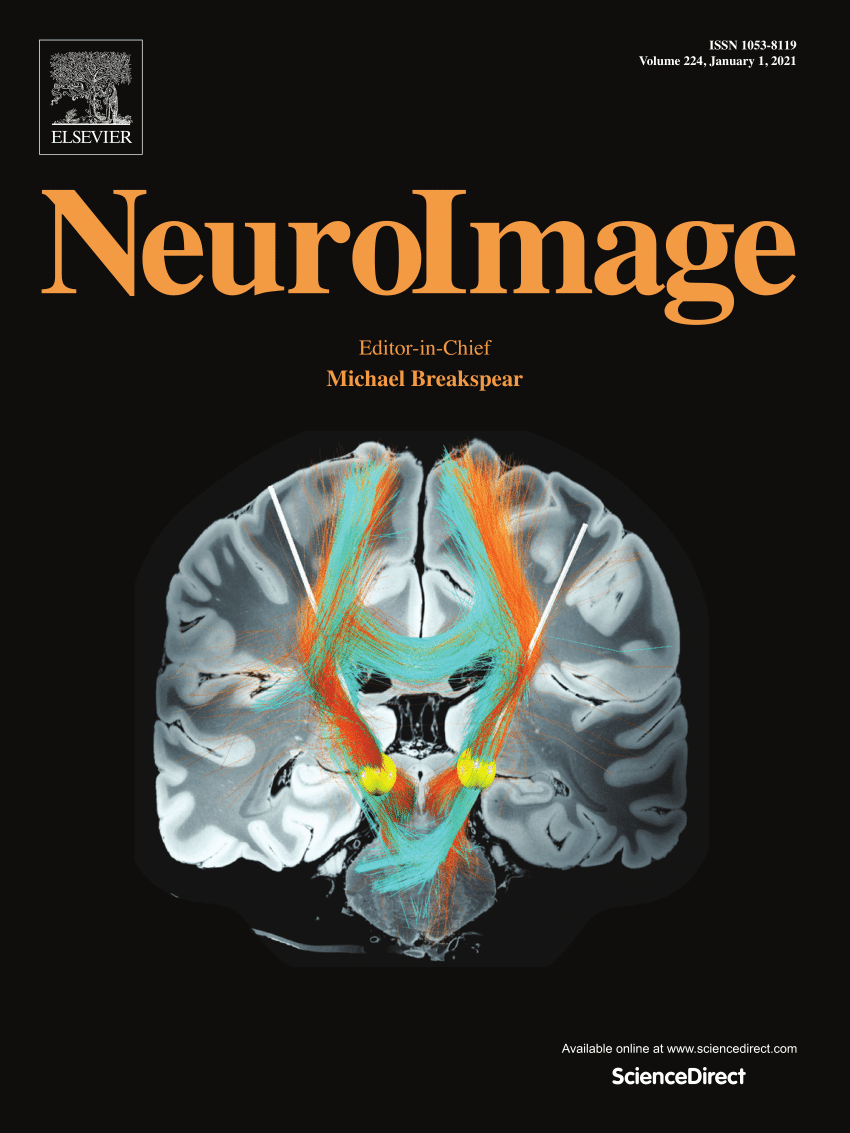Development of diffusion analysis along the perivascular space (DTI-ALPS) index during childhood and adolescence: Evidence from two longitudinal cohorts
IF 4.7
2区 医学
Q1 NEUROIMAGING
引用次数: 0
Abstract
Brain glymphatic activity, as indicated by diffusion analysis along the perivascular space (DTI-ALPS) index, has been discovered to participate in the pathogenesis of atypical development. However, little is known about the physiological developmental trajectory of the DTI-ALPS index during childhood and adolescence. Here, we evaluated DTI-ALPS index developmental characteristics and investigated its potential association with sex in 627 participants from two longitudinal cohorts. The global DTI-ALPS (gDTI-ALPS) index showed a positive cross-sectional relationship with age in both cohorts even after adjusting for sex. The annual net increase in the gDTI-ALPS index in both cohorts ranged from 0.003 to 0.005. Increases in the gDTI-ALPS index with age were also observed in the longitudinal analysis. Moreover, regional DTI-ALPS index analysis revealed the increment of DTI-ALPS mainly involved in the anterior brain regions, with the peak value of the regional DTI-ALPS index moving forward with age. Sex had no significant moderating effect on DTI-ALPS index. Our results suggest DTI-ALPS index development is a dynamic process during childhood and adolescence, particularly within the anterior brain regions, which may represent glymphatic system maturation during this critical period. The global and regional DTI-ALPS index could serve as a sensitive biomarker for monitoring this process.

儿童和青少年时期沿血管周围空间(DTI-ALPS)指数扩散分析的发展:来自两个纵向队列的证据
经沿血管周围间隙弥散分析(DTI-ALPS)指数发现,脑淋巴活性参与了不典型发育的发病机制。然而,关于DTI-ALPS指数在儿童和青少年时期的生理发育轨迹知之甚少。在这里,我们评估了来自两个纵向队列的627名参与者的DTI-ALPS指数发育特征,并调查了其与性别的潜在关联。即使在性别调整后,全球DTI-ALPS (gDTI-ALPS)指数在两个队列中也显示出与年龄正相关的横截面关系。两个队列的gDTI-ALPS指数的年净增长范围为0.003至0.005。在纵向分析中也观察到gDTI-ALPS指数随年龄的增加。此外,区域DTI-ALPS指数分析显示,DTI-ALPS指数的增加主要累及脑前部区域,且区域DTI-ALPS指数的峰值随年龄的增长而向前移动。性别对DTI-ALPS指数无显著调节作用。我们的研究结果表明,DTI-ALPS指数的发展在儿童和青少年时期是一个动态的过程,特别是在大脑前部区域,这可能代表了这个关键时期淋巴系统的成熟。全球和区域DTI-ALPS指数可作为监测这一过程的敏感生物标志物。
本文章由计算机程序翻译,如有差异,请以英文原文为准。
求助全文
约1分钟内获得全文
求助全文
来源期刊

NeuroImage
医学-核医学
CiteScore
11.30
自引率
10.50%
发文量
809
审稿时长
63 days
期刊介绍:
NeuroImage, a Journal of Brain Function provides a vehicle for communicating important advances in acquiring, analyzing, and modelling neuroimaging data and in applying these techniques to the study of structure-function and brain-behavior relationships. Though the emphasis is on the macroscopic level of human brain organization, meso-and microscopic neuroimaging across all species will be considered if informative for understanding the aforementioned relationships.
 求助内容:
求助内容: 应助结果提醒方式:
应助结果提醒方式:


